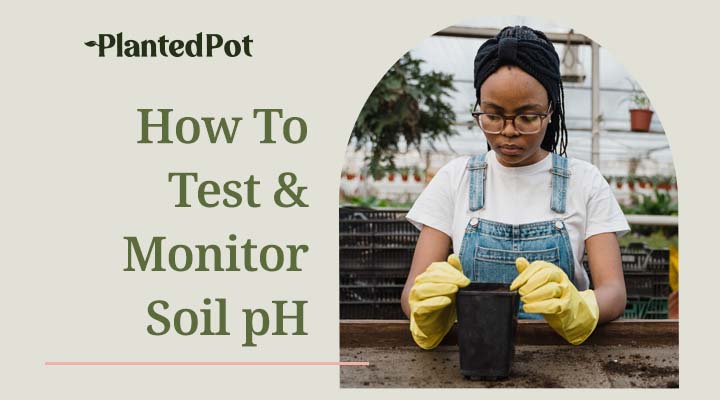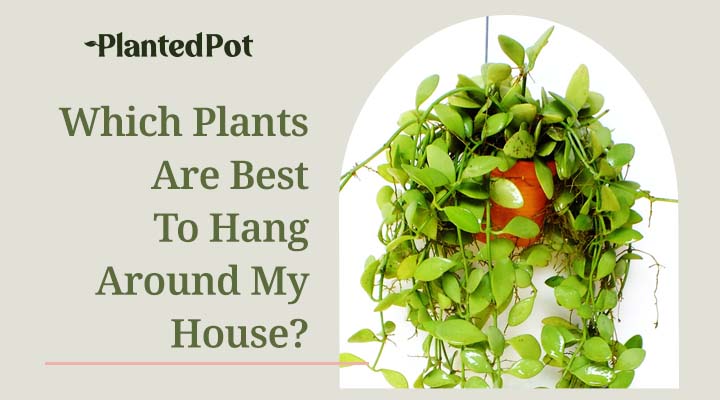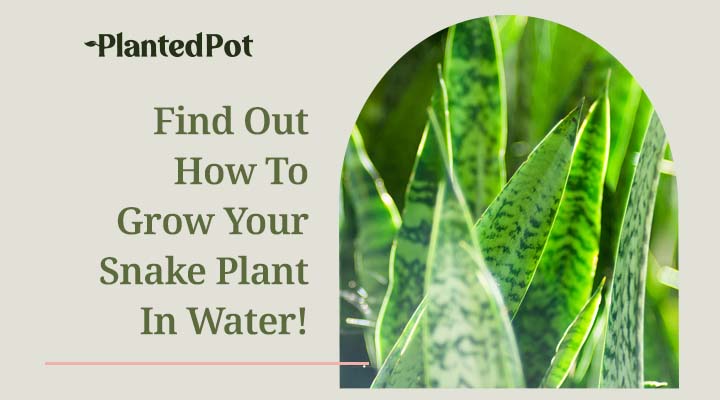
Air Plant Care [What to Do and What to Avoid]
Home / Air Plant Care [What to Do and What to Avoid]
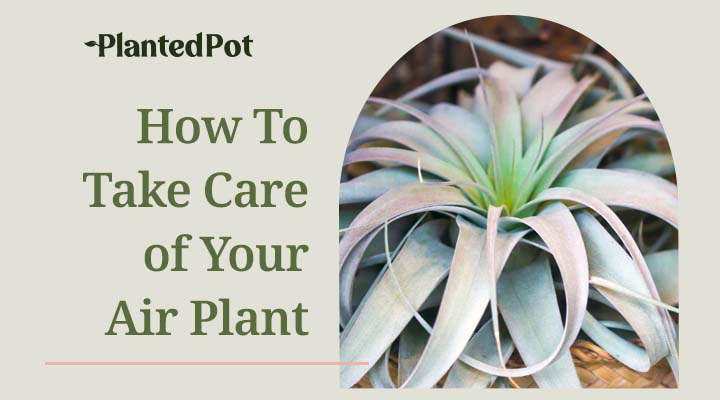
Air Plant Care [What to Do and What to Avoid]
- Rogelio Alvarez
- May 5, 2021
- 9:20 pm
- No Comments
Air plants are rising in popularity due to how easy it is to care for them. They improve the appearance of a home, office, or just about anywhere. Air plants are the perfect plant for people who are always on the go and don’t have the time and resources to build and maintain gardens. Plant care may seem intimidating with this particular species, but they are easy to tend and perfect for first-time plant parents.
What is an Air Plant?
“Air plant” is a common nickname for Tillandsias. There are around 600 plant species that belong to the Tillandsia family. Air plants are epiphytes, which means they attach themselves to other trees and plants for support using their small roots.
Tillandsias are not parasitic and feed off water molecules and nutrients found in the air. They can be subcategorized into two different types, Xeric and Mesic Tillandsias:
- Xeric Tillandsias have leaves that appear fuzzy. The fuzzy appearance on the leaves is tiny white hairs or trichomes. Trichomes assist the plant with absorbing water and nutrients, helping it survive desert areas.
- Mesic Tillandsias usually are greener and thrive in humid, tropical environments. They don’t tolerate high levels of light as well as Xeric air plants.
Air plants’ versatility allows them to be grown on just about anything. Tillandsia air plants are native to Central and South America and some southern states in America.
Tillandsias attach themselves to the branches of trees found in these locations. Air plants vary in size but don’t get so heavy that they can’t be carried around easily. The leaves can come in different shades of green, red, and silver. Depending on the Tillandsia, its leaves can grow a couple of inches to two feet long. They may resemble tentacles or grow in a rosette pattern with hanging leaves.
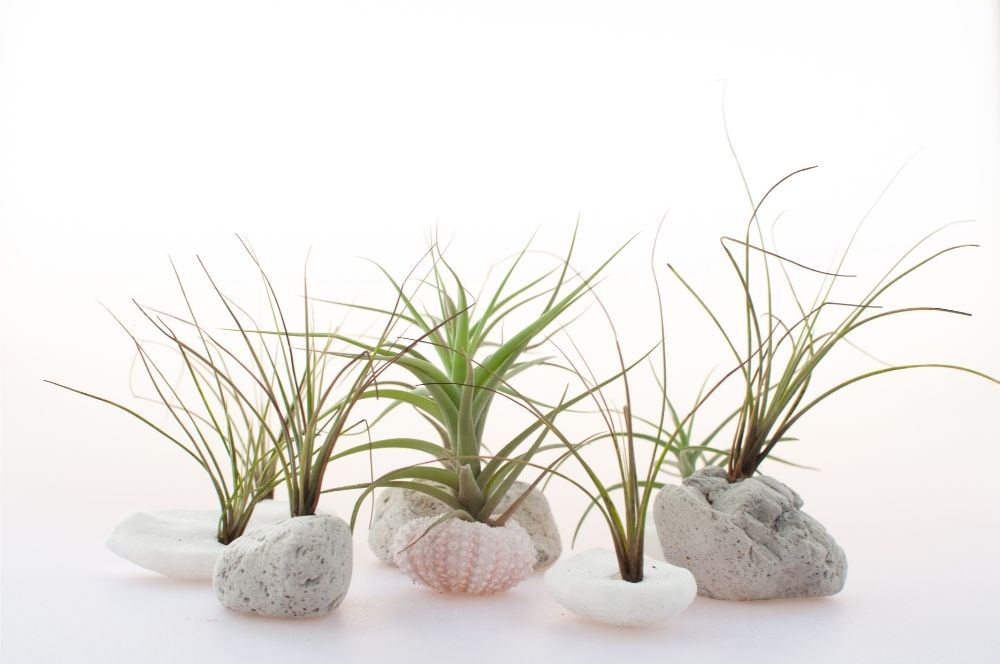
Are Air Plants Easy to Care For?
Tillandsias is considered a low maintenance plant when compared to other plants. Anyone can own an air plant, whether you’re withstanding a cold winter in Pennsylvania or enduring a record-breaking summer in Texas. Expensive gardening tools are not necessary. It’s recommended to use fresh water without any minerals. Since air plants feed off nutrients in the air, soil is not required.
Caring for the air plant cuts down on money and time, saving you from deciding what soil is best for the plant to grow in. Like any other plant, too much water and sunlight can cause an air plant to shrivel up and die.
Tillandsias survive by taking in indirect sunlight. Because of this, where you decide to place your air plant is crucial. Place the plant in the right location, and it will thrive as the center of attention. The Tillandsia’s leaves are long and can extend beyond the surface it’s attached to.
Can You Grow Air Plants Indoors and Outdoors?
Air plants are easily adaptable to grow indoors and outdoors, although weather conditions play a significant role. An air plant growing outside in the humidity of Florida will survive easier than an air plant hanging on a balcony during a New York winter.
Tillandsias do not require direct sunlight. When choosing an area to place and grow your air plant, pay attention to the light sources from nearby windows. If kept outside, it’s best to keep it in a shaded area with indirect sunlight. Indoors, place your air plant a few feet from a window where it can receive filtered natural light.
A Tillandsia kept in areas with high humidity requires less water than air plants grown in dry, desert climates. Regardless of moisture or placement, a Tillandsia will die if exposed to freezing temperatures.
What Are the Benefits of an Air Plant?
Besides adding flair and personality to wherever they’re displayed, Tillandsias may also provide health benefits. Air plants are nature’s air purifier. They absorb airborne contaminants that can trigger allergies in some people.
Humans need oxygen, and Tillandsias do a fantastic job of emitting fresh oxygen into the air. Since they photosynthesize at night, you’ll wake up feeling refreshed as you’re surrounded by clean air.
Tillandsias are simply stunning, and seeing them thrive promotes a sense of pride. Caring for a Tillandsia is a learning experience and can even counteract feelings of loneliness and depression.
Being surrounded or near an air plant encourages a sense of wellness and can help reduce stress. Stress is a key factor in triggering high blood pressure. Since Tillandsias promote calmness, you may find your blood pressure is more relaxed as well. Tillandsias improve focus, whether in the office or working from home.
Air Plant Care Tips
Caring for a Tillandsia is straightforward and easy. With just a few steps (and some love and care), Tillandsias will thrive for a few months to a couple of years. Once it blooms, it will produce a bud that can be grown into another air plant.
There are many types of Tillandsias that range in size, shape, pattern, and color. It’s essential to consider the space where you want to place your air plant. Is it at home? On a balcony? Inside an office? Wherever you place it, the Tillandsia’s survival depends on how much indirect sunlight it receives.
Identify areas where the sun provides a few hours of indirect light every day. Some filtered sunshine and the right amount of water will ensure that your air plant has a long and healthy lifespan.
Choosing the Right Soil
One of the most critical things to remember about a Tillandsia is that it does not need soil to grow. Plant it in soil, and the air plant will not survive. This plant attaches itself to bushes, rocks, shrubs, and trees for support without requiring soil.
Finding the Right Pot
The Tillandsia is versatile and can attach itself to almost anything and flourish. This adaptability gives owners the freedom to display their air plants creatively.
Tillandsias can grow on a bookshelf, attached to another plant or tree branch, in terrariums, and even in a pot filled with rocks and pebbles. Tillandsias also do well within plastic or glass globes that can be hung anywhere, enhancing the appearance of a room.
Watering Your Air Plant
Finding the right amount of water to provide your plants may be slightly tricky if you’re used to soil-based plants. Let your Tillandsia sit in a bowl of water with its roots facing up for 30 minutes to a few hours. Do this once or twice a week. The duration and frequency that you soak your Tillandsia each week depends on humidity. Give your plant more time to soak if the air is dry.
You can soak your Tillandsia overnight and leave it to dry for the remainder of the day. This is ideal for people on the go who leave for work in the morning or take care of errands.
Related: Best Time to Water Houseplants [And When You Shouldn't]
Feeding Your Air Plant
Tillandsias do not necessarily require fertilizer, but it can help them flourish. Water-soluble nitrogen-based fertilizers are ideal for Tillandsias. Another option is fish emulsion fertilizer. Depending on the Tillandsia’s condition, it might be best to give fertilizer daily or monthly.
Humidity and Temperature
The level of humidity and temperature can affect an Tillandsia’s growth. These plants thrive in humidity and warmer weather. Tillandsias generally survive within temperatures ranging between 50 to 90 degrees Fahrenheit and humidity levels between 50% and 70%. When humidity levels are low during the winter, some Tillandsias may require being sprayed with mist to ensure they’re getting water.
Pruning an Air Plant
Like a majority of plants, it is normal for Tillandsias to develop broken and dead leaves. These can occur throughout the year as the Tillandsia adapts to seasonal weather. When inspecting your Tillandsia, look out for leaves that are broken or browned. These can be trimmed to help keep the Tillandsia healthy.
Common Issues Found with Air Plants
One of the most common mistakes people make when caring for a Tillandsia is forgetting to water it or not watering it enough. Tillandsias have a higher chance of flourishing if you keep track of how often and how much water a Tillandsia receives. How much light it gets is equally vital. Keeping track of this can help Tillandsia owners adjust and ensure their Tillandsia survives.
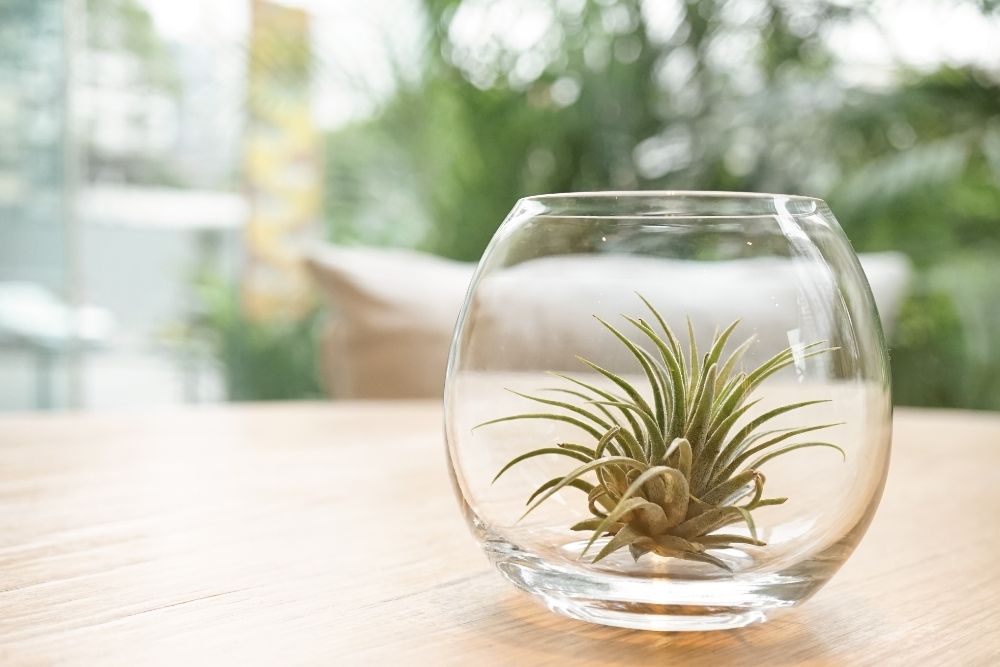
How Do I Know if My Air Plant is Dying?
A promising sign that your Tillandsia is thriving is when its leaves are spread out and stretched. It’s easy to tell when your Tillandsia is struggling based on its leaves. If the tips are curling and turning brown, it is not receiving enough water. It may also be getting too much or too little light. If the tips are brown and soggy, it is overwatered.
Are Air Plants Plants Poisonous?
Tillandsias are not poisonous to humans or pets. Cats and dogs are known to nibble on leaves, so it might be best to keep them out of the reach of animals and small children to prevent damage to the Tillandsia. Since they can grow on anything, they’re easy to keep in high spaces away from curious paws.
Final Thoughts – Air Plant Care
Tillandsias are quickly becoming the go-to plant for first-time plant parents, a desk plant for office workers, and enthusiasts. Very few plants offer the versatility of the air plant. You can attach them to anything and they require basic, minimal care that is easy enough for people who may not have a clue about gardening.
Tillandsias add personality to a living room, desk, or outside patio. They are easily affordable, so you won’t have to pay an arm and a leg just to get your own. To see which Tillandsia is right for you, check out Planted Pot’s selection of Tillandsias and start your journey to getting the ultimate green thumb!
Read Next: Air Plants Near Me: How to Easily Find Your Perfect Tillandsia Plant


